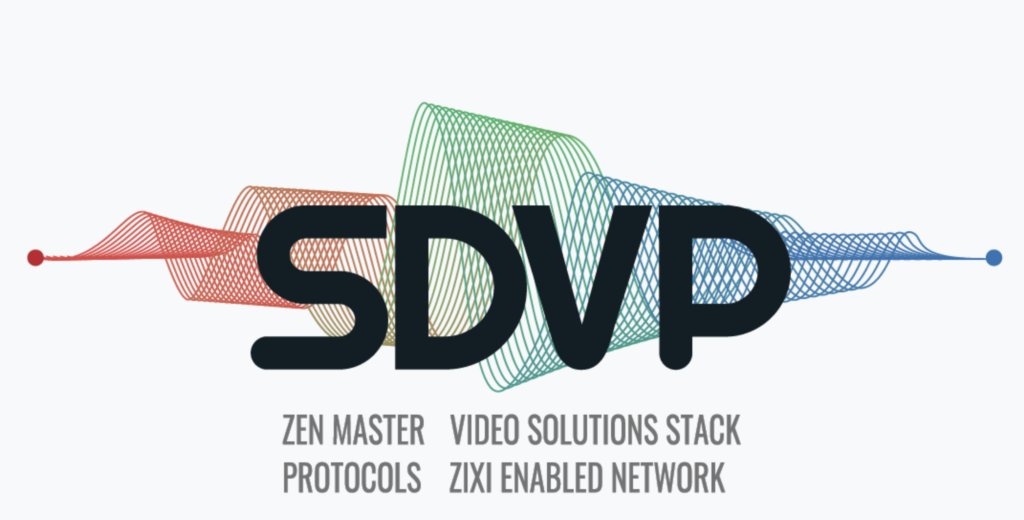M+E Daily

Zixi CEO: Company’s SDVP Solution is Cost-Effective and Improves Sustainability
Story Highlights
Sustainability initiatives are important to the media and entertainment industry and they’re especially effective when developed to be financially attractive to adopt, Gordon Brooks, CEO of Zixi, said Oct. 24, during the webinar “Unleashing the Power of Zixi: The Most Cost Effective and Lowest Total Cost of Ownership in the Industry.”
During the webinar, Brooks detailed how major global media organizations are achieving the lowest total cost of ownership (TCO) in the industry with the Zixi Software-Defined Video Platform (SDVP) and Zixi protocol-based deployments that the company says are not only the most cost-effective solutions available, but also significantly improve sustainability.
Brooks described how these modern workflows are accelerating new content acquisition, new business models and opportunities to generate revenue.
Noting that Zixi’s a software platform and a software as a service (SaaS) platform, he told viewers: “We’re used by traditional broadcasters, the global media companies, sports leagues” and over-the-top (OTT) providers, among others, so a “wide variety – really anybody who’s looking to source, aggregate, manage and distribute live events or 24/7 live linear channels.”
 Zixi’s solution is “all about live,” he said, noting it can be used “across really any network.”
Zixi’s solution is “all about live,” he said, noting it can be used “across really any network.”
The company supports 18 protocols, he pointed out. “Although there’s some real advantages to the Zixi protocol … we support pretty much any industry” protocols, which he said, “future proofs our platform.”
Zixi’s solution has also been integrated and is available in the marketplaces of “all the major cloud providers,” along with several tier-two providers,” he said.
Also, we can “pretty much support any edge device,” he said, noting “we have over 400 integrated partners, so pretty much anything out there that is moving live or live linear — you know, broadcast quality content, already has Zixi integrated into it.”
Protocols, however, are “really just a portion of what we do and, if anybody’s going to do live video, then it’s going to require some sort of media server,” he told viewers.
“There’s also performance requirements,” he pointed out. For example: “How do you manage congestion and distance and jitter?”
In addition, he said, “there’s reach requirements: Are you single cloud, on-prem, multi-cloud?” Are you using application programming interfaces (APIs)? “Can you auto scale?”
Zixi customers include Amazon Prime, Apple TV, Fubo, Hulu, Paramount, Roku, Sling, Warner Brothers Discovery and YouTube, he noted. “And then, with over 400 partners, it bridges the gap between playout player, playout companies” and service providers including Comcast Technology Solutions, as well as the makers of encoders, decoders, editing software, watermark software and monitoring software to “provide a complete ecosystem that already has Zixi plugged in and integrated.”
Zixi’s solution is “typically about half the cost of satellite when you take all the costs put together,” he went on to say.
Although the “lowest TCO does not necessarily have cost reductions as metric number one, it’s important,” he said. “The cost of migration, analysis, inventory, cost of getting confidence, changing processes: Those are all significant. But … it’s lost opportunities, lost market capabilities that are just key, which we hear a lot from our customers.”
Then come the “intangibles” that he said are “indirect costs and opportunities that are made capable to see TCO analysis, but sometimes they’re not captured.”
One significant thing to keep in mind is that “TCO is not a onetime thing,” he said. “It really needs to be a living, breathing thing…. When I talk to Sky or SiriusXM or Bloomberg or any of our customers,” they will ask: “Why is this cost up?” Why is that cost up?” And you have to remind them [it’s] because we took these other costs down because we took advantage of these other opportunities. So it’s something that really needs to be updated and kept alive and used as a tool to manage expectations within corporations.”
What is most important is monetization, followed by “quality of service and quality of experience because that drives monetization,” he said. Cheaper does not always translate to a good business decision, he noted, explaining: “If it’s inexpensive to acquire but it doesn’t get you to monetization because it’s expensive to run and the quality of service and experience is not great, and you don’t get monetization, you made a very bad choice.”









